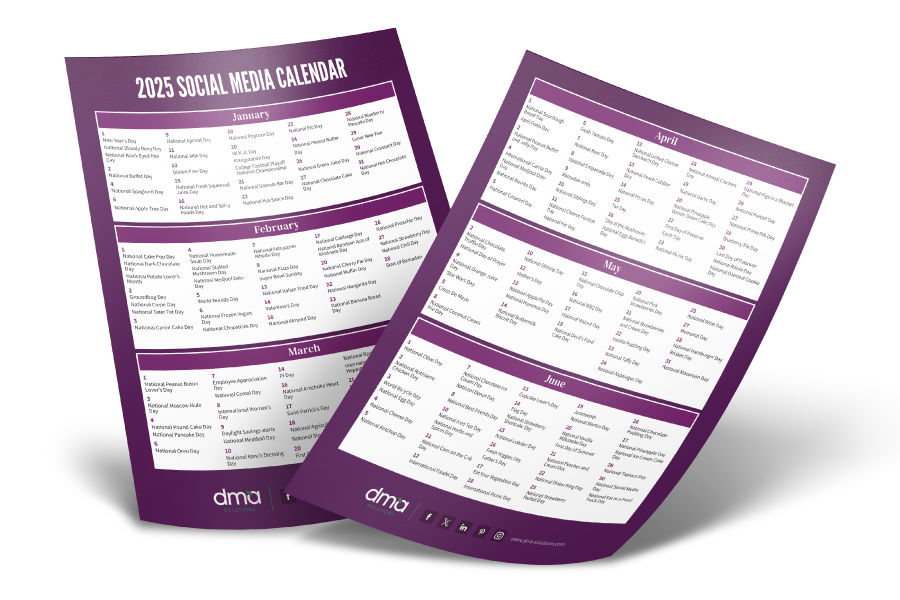Let’s face it, creating consumer-friendly website copy usually happens when companies decide to invest in a new website altogether. The great news is, for those that are serious about creating a new website, starting from scratch and investing tens of thousands of dollars is an option, but so much progress can be made on the websites that we already have!
Addressing the way that we position copy, especially to consumer audiences, can make a world of difference in the way a website performs (or not). Here are tips for crafting consumer-friendly copy for your website.
Tips for Writing Consumer-Friendly Website Copy
1. Keep it “concise”
At a cocktail party, most people won’t unload three paragraphs-worth of small talk when they first meet someone (or at least, not at the beginning of the night…). The same courtesy should be paid to your website visitors. On your homepage, use an interesting fact or two about your brand to entice visitors to scroll through the rest of your site.
We think Natural Delights does a great job of this on their website! Upon entry to the website, the visitor reads a sunny message. Scroll further and you’ll be offered interesting information about the company’s growers partnered with engaging photography and a call to action (CTA) to stories about each.
2. Make copy about “them”
Don’t leave your audiences asking the question, “What does this mean for me?” We recommend that you conduct a version of a website assessment to include a messaging review that addresses if your website copy is speaking to your target audiences. Step one is to take a step back and read the content as if you are the audience receiving it. Step two is to ask the question, “How does this help me?” Step three is to reframe any content that is company focused to provide a solution, opportunity or the anticipated outcome that your audience wishes to receive.
3. Eliminate jargon
Processes, patented varieties and many multi-letter acronyms are all a part of fresh produce’s trade lingo. But that language rarely translates well to outside-the-industry audiences. Present your messages with as little jargon as possible to connect with the broadest audience. If your sustainability story just can’t be told without 6+ syllable words, then save those for an expanded explanation on a secondary page for audiences seeking to receive all of those details.
We love how Ocean Mist Farms “consumerized” their website by breaking down the anatomy of their fresh artichokes.
4. Score points with personalization
Greeting return visitors by name is a nice touch, but delivering content to audiences based on their personal preferences is even better (and absolutely possible with online marketing platforms like HubSpot). Natural Delights does this well by tracking users that have already come into the database and showcasing personalized recipes that they might be interested in based on what they have already browsed.

5. Help people get answers
Website copy can be customer service centric when copy doubles as explanatory and helpful. Be sure to include hyperlinks in your website copy that lead people to other resources that may help them to quickly find what they’re looking for. Having an FAQ, store locators, top searched and viewed recipes, links to forms and resources is the ticket to offering copy that matters.
Need help with updating your website? Request a website audit today to receive a comprehensive assessment that help optimize your website as well as guide thinking for future site developments.












